The Puniceus Paludamentum
A History of the Roman Empire
Introduction:
Much legend surrounds the founding of Rome. What is known is the eventual destiny of this city. The early history of Central Italy is a tumultous one. Countless wars, broken alliances, and faltering agreements resulted in several centuries of nearly continual warfare. Whether the Etruscans, Samnites, or Gallic tribes the battle for Central Italy took a long time to sort out. In the end Rome stood over her enemies and became the undisputed ruler of Central Italy. At the time of the start of this historical portrayl Rome controled five major cities with their respective ports. Capua, Rome, and Arretium were the most advanced of the five. Arriminum and Apri in the south had been recent additions and were not quite advanced enough to be granted citizenship. Under times of crisis the three forementioned advanced cities could raise troops to defend Rome and her interests. One of the things that allowed Rome to be an acceptable yoke over a defeated foe was that the Roman yoke, in many cases, did not abolish local traditions. Many cities became allies of Rome with the agreement that they would send troops to defend the "homeland". Roman arguments apparently worked well for if allied cities did not send troops all the members of that alliance would suffer defeat. Rome and her city subjects maintained a symbiotic relationship that would endure for a very long time.
This is not always the case however. Many times throughout her history Rome took extreme measures to guarantee her security. If a culture was unwilling to accept Roman rule they were conquered. Rome in her history has been paranoid of being invaded and sacked like so many cities of the ancient world. In fact in 390 BC the Gauls stormed south out of the alps, having been displaced by migratory Germanic tribes, and settled in northern Italy. Eventually the Gallic presence in northern Italy would lead the Gauls to a conflict with old enemies of Rome the Etruscans. Although Rome delighted in the Etruscan defeat, they feared the eventuality that Gallic armies would soon be at the gates of Rome. In fact the city was sacked and only survived when the Gallic chieftain Brennus agreed to depart the city for 1000 lbs of gold. It is a plausible argument that the Roman empire would have never existed had the Gauls refused and simply destroyed what was remaining of Rome. How the world would look without Rome is an interesting topic alone but one that will not be discussed here.
Roman persistance and paranoia helped forge an empire. Her greatest challenges yet lie ahead. Enemies surround the fledling republic. In 272 BC Rome is rather secure in Central Italy, but to the south the Greeks from Epirus have had colonies for many years. Epirus wants the Roman Peninsula and is determined to conquer it for themselves. Off the coast of the toe of Italy lies the rich fertile land of Sicily. Occupied partially by the Carthiginians and by Greek sympathizers it could be an explosive area. North of Rome, in the northern reaches at the foot of the Alps the Gauls have settled in rather comfortably. Although the Gallic tribes are quiet it is inevitable that they will be on the move again and a likely direction is south.



 Reply With Quote
Reply With Quote

























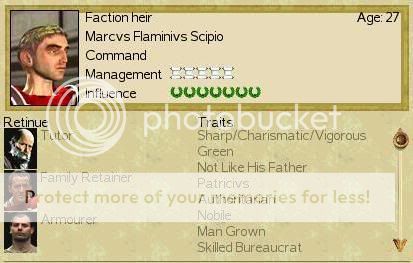
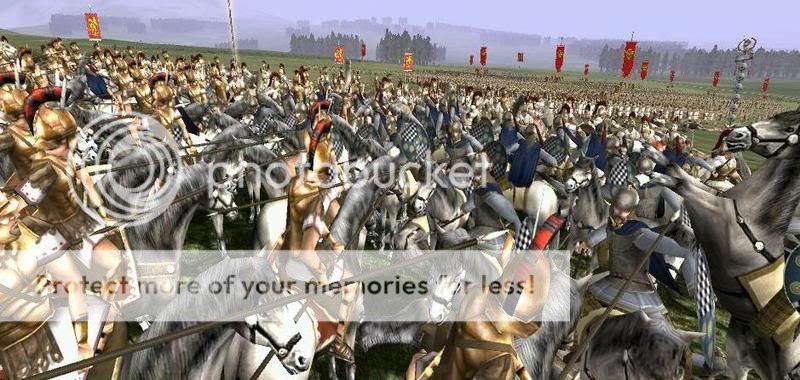
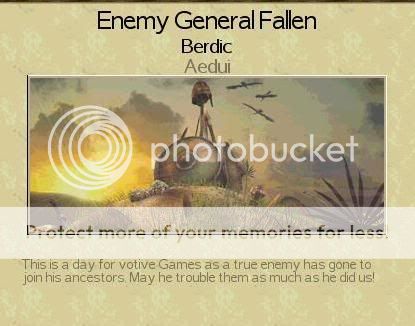

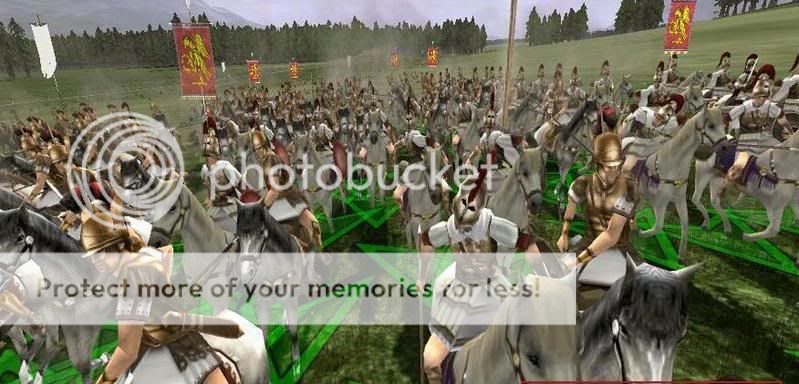

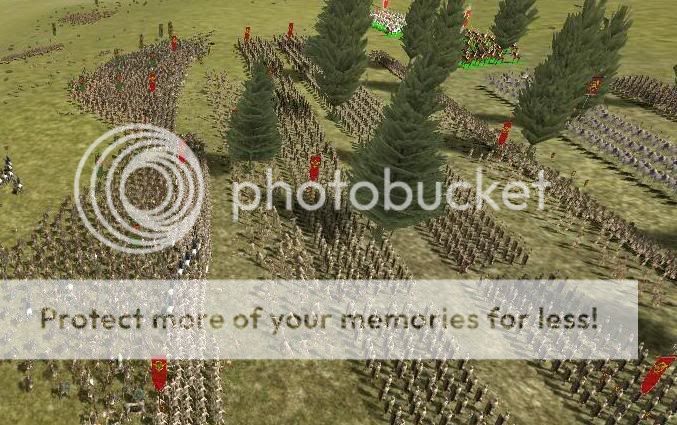
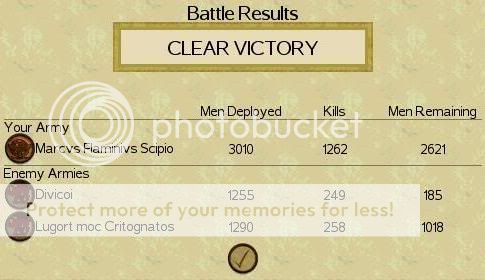





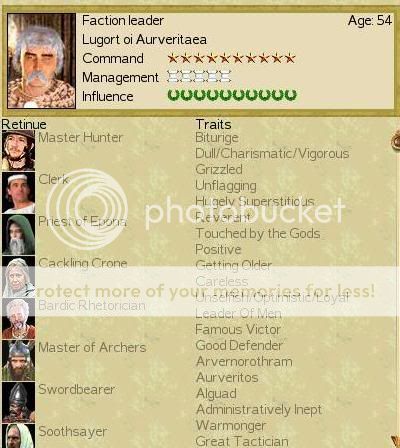
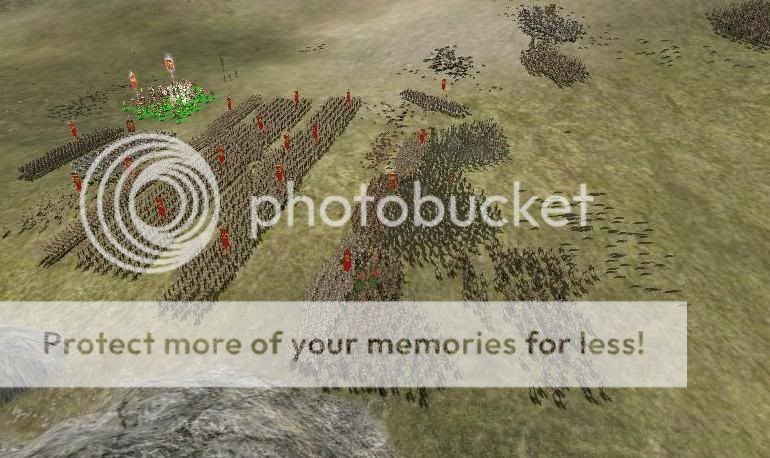

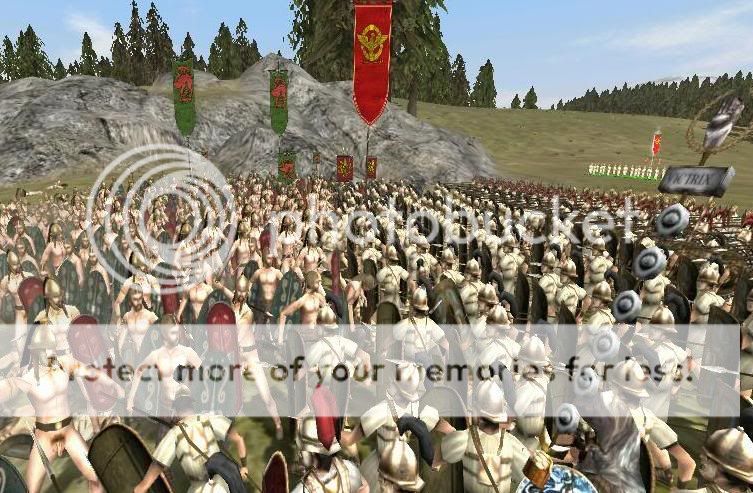
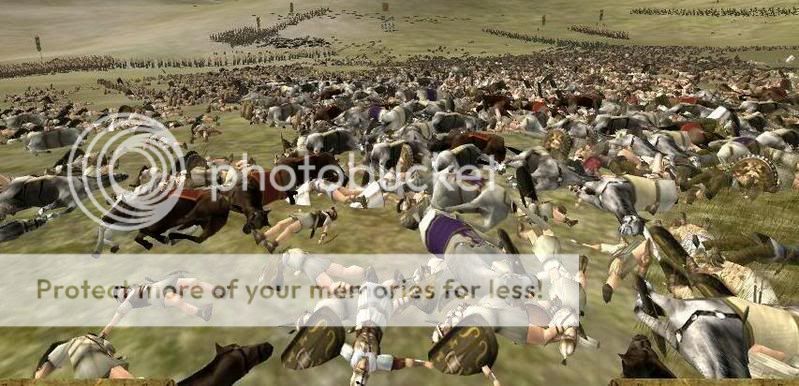
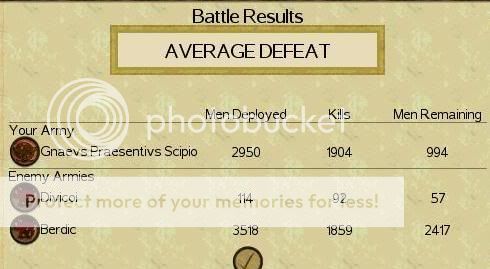
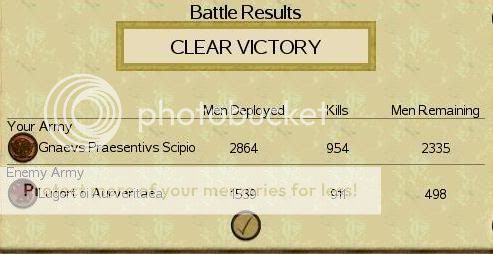

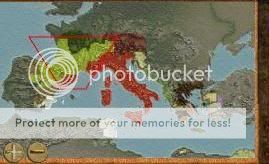

















Bookmarks